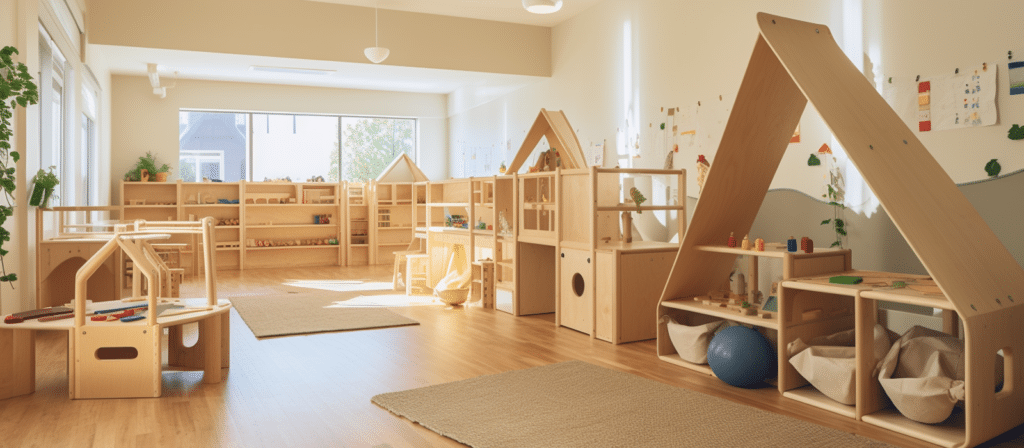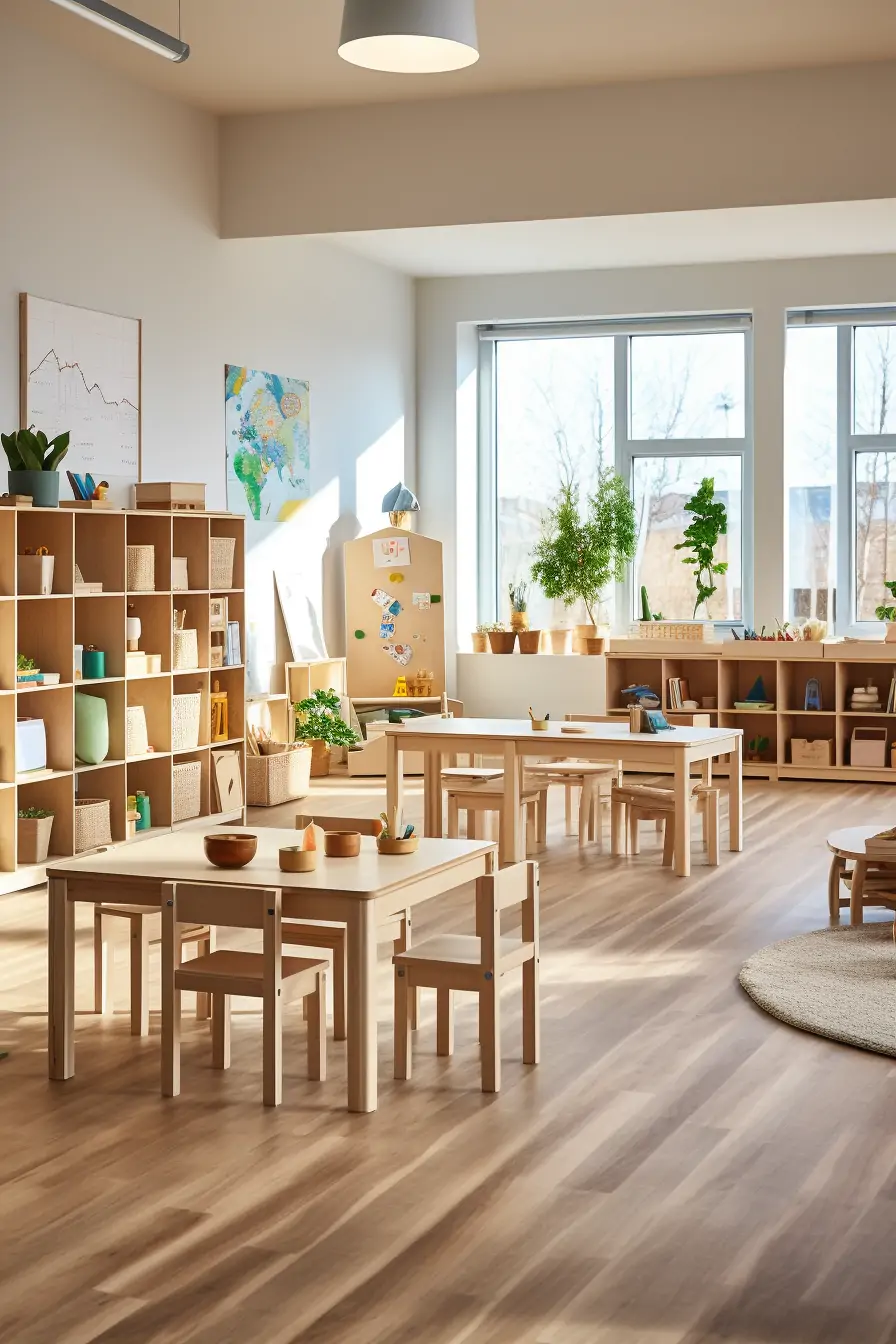Are you curious about the latest trends in Montessori furniture that are shaping the landscape of educational design? Join us on a journey to discover the innovative and exciting developments in Montessori furniture design, as we explore how they are revolutionizing learning environments and enhancing educational experiences.
Montessori Furniture Trends: What’s New in Educational Design unveils the cutting-edge advancements in furniture design that are redefining the way we approach education. These trends represent a fresh perspective on educational spaces, emphasizing the importance of fostering creativity, collaboration, and personalized learning experiences.
What is Montessori Education?
Before we dive into the trends, let’s start with a brief overview of Montessori education. Montessori is an educational approach that emphasizes independence, freedom within limits, and hands-on learning. It was developed by Dr. Maria Montessori, an Italian physician and educator, in the early 20th century. Montessori classrooms are designed to create a child-centered environment that fosters self-directed learning and holistic development.
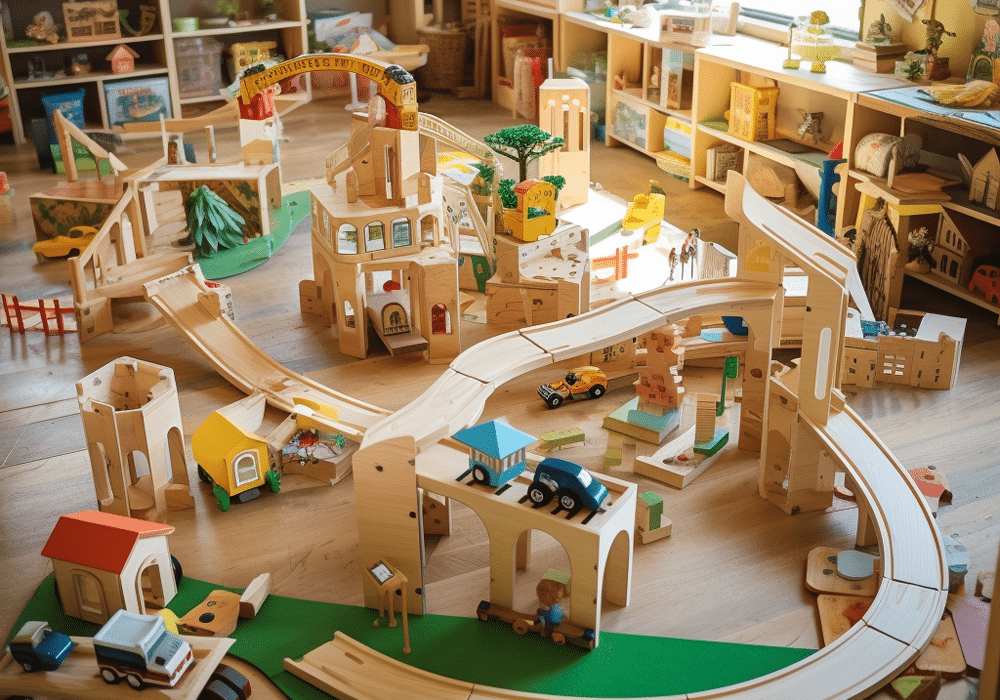
The Rise of Nature-Inspired Furniture
One of the most prominent trends in Montessori furniture design is the incorporation of natural elements. Inspired by the Montessori philosophy of connecting children with nature, furniture designers are now using organic materials such as wood, bamboo, and natural fabrics to create a more eco-friendly and nurturing learning environment.
These nature-inspired furniture pieces not only bring a sense of warmth and beauty to the classroom but also provide a tactile experience for the children. From wooden tables and chairs to woven rugs and cushions, these elements create a harmonious and inviting space that promotes exploration and creativity.
Flexible and Adaptable Spaces
Gone are the days of rigid classroom setups with fixed desks and chairs. The trend now is to create flexible and adaptable spaces that can be easily reconfigured to meet the changing needs of the students. This approach allows for a more personalized learning experience and promotes collaboration among peers.
Modular furniture systems, such as adjustable tables and chairs, movable storage units, and versatile shelving, are becoming increasingly popular in Montessori classrooms. These pieces can be easily rearranged to accommodate different learning activities or group sizes, fostering a dynamic and interactive learning environment.
Technology Integration in Montessori Furniture
While Montessori education traditionally emphasizes hands-on learning and minimal use of technology, there is a growing recognition of the need to integrate technology into the classroom. However, the challenge lies in finding a balance between screen time and hands-on exploration.
To address this, furniture designers are incorporating technology-friendly features into Montessori-inspired furniture. For example, tables with built-in charging stations, adjustable tablet stands, and storage compartments for electronic devices are now available. These additions allow for controlled and purposeful use of technology while maintaining the core principles of Montessori education.
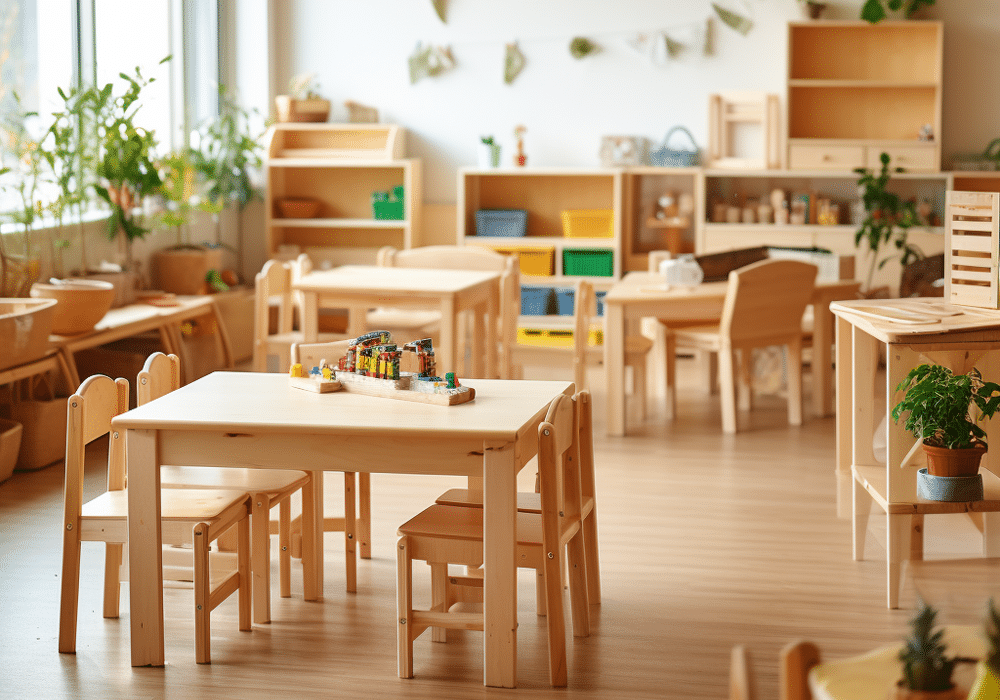
Sustainable and Environmentally-Friendly Designs
In today’s world, sustainability and environmental consciousness are more important than ever. Educational institutions are increasingly seeking furniture options that align with their commitment to reduce their carbon footprint and promote responsible consumption.
Montessori furniture designers are responding to this demand by creating sustainable and environmentally-friendly designs. From using recycled materials to implementing energy-efficient manufacturing processes, these furniture pieces are not only aesthetically pleasing but also contribute to a greener future.
Creating Multisensory Learning Spaces
Montessori education recognizes the importance of engaging all the senses in the learning process. Therefore, the latest trend in educational design focuses on creating multisensory learning spaces that stimulate the senses and enhance the learning experience.
Furniture pieces with textured surfaces, sensory panels, and interactive elements are gaining popularity in Montessori classrooms. These additions provide children with opportunities to explore different textures, develop fine motor skills, and engage their senses in a meaningful way.
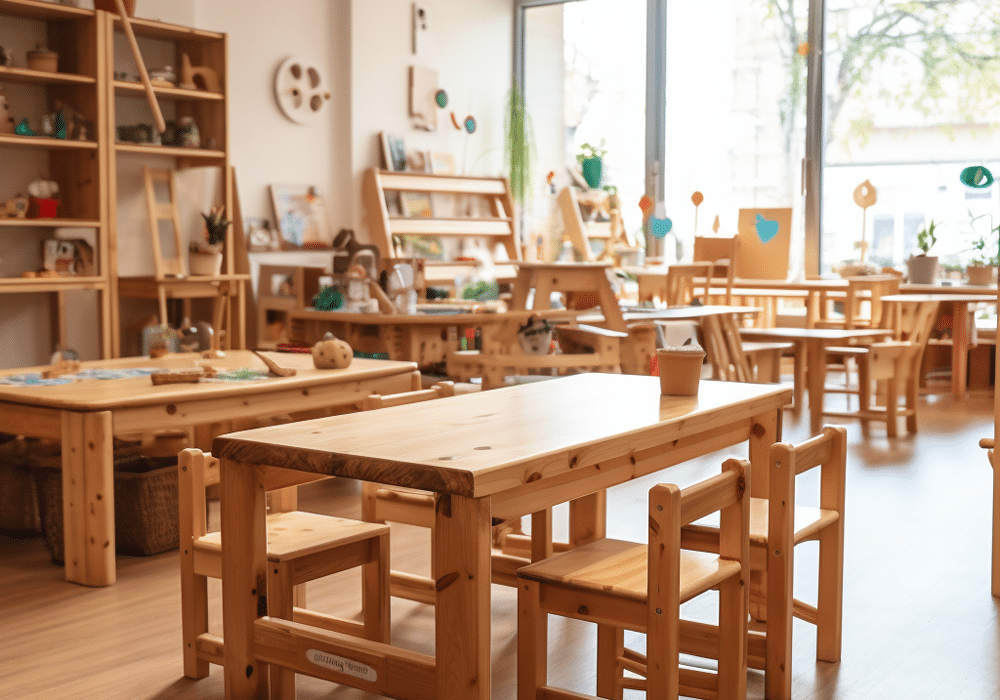
Conclusion
In conclusion, the world of Montessori furniture is evolving to meet the changing needs of modern education. From nature-inspired designs to flexible and adaptable spaces, the latest trends in educational design are aimed at creating child-centered environments that foster independence, creativity, and holistic development.

